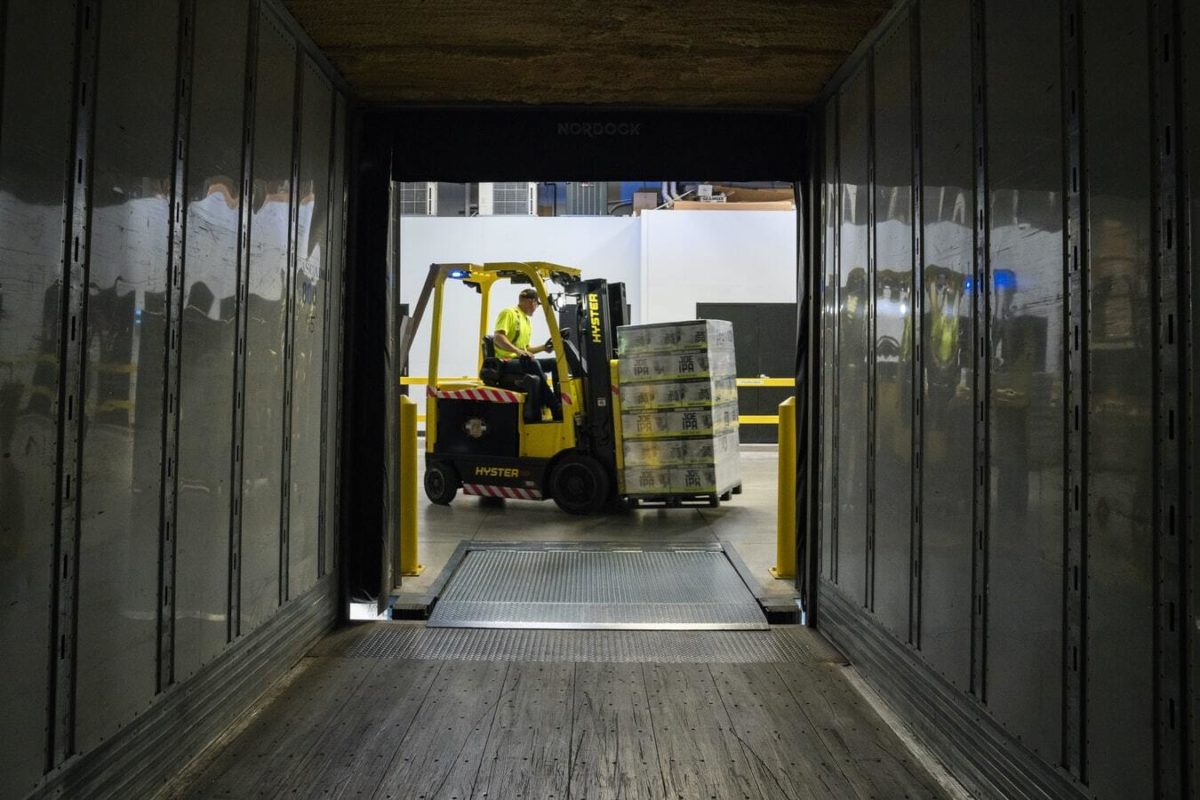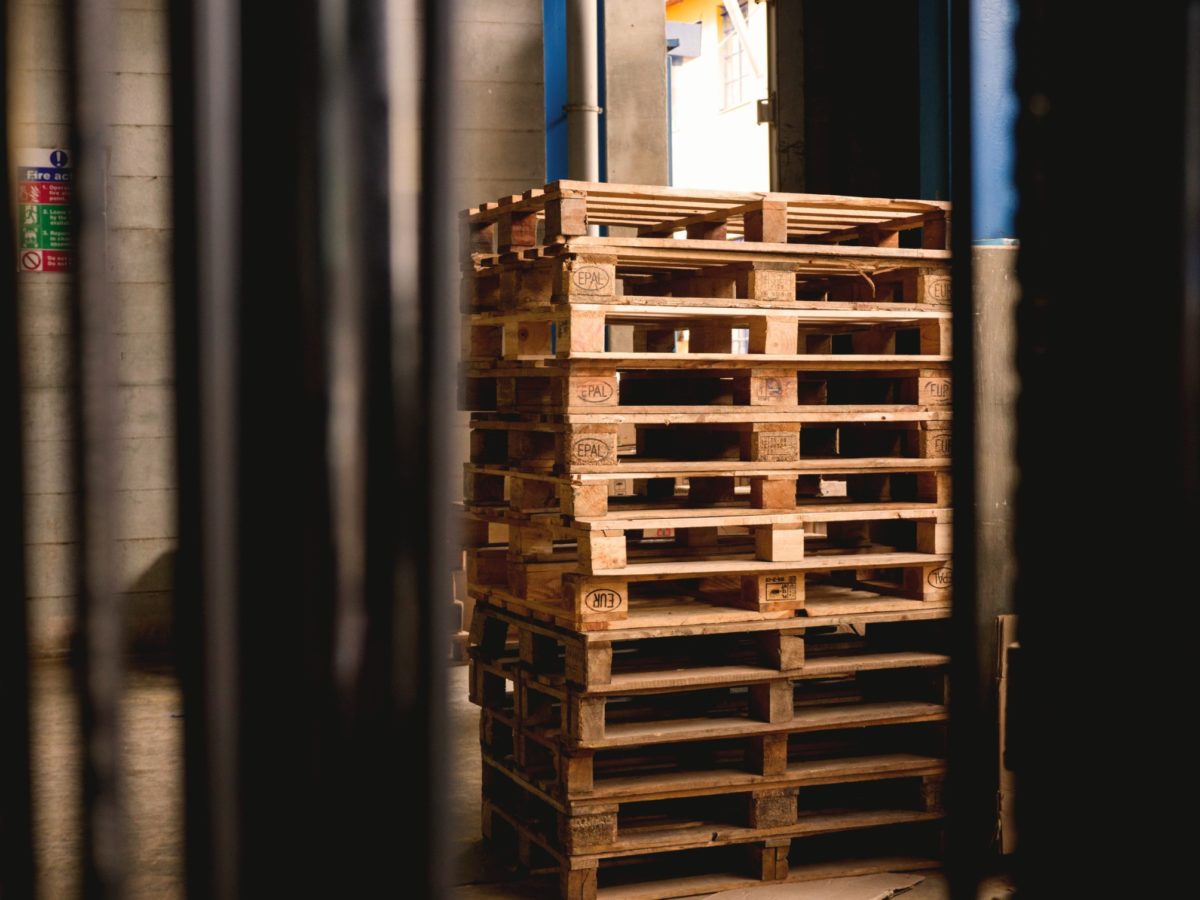Supply Chain Trends
If you are working in wholesale or B2B, we are sure you’ve heard about supply chains. And we are sure you know just how important it is to have an efficient supply chain as well.
To ensure that your supply chain is efficient, you need to continuously evaluate and evolve it. And to best do this, you need to always stay updated on the latest supply chain trends.
Luckily, supply chain trends are the topic of this blog post.
But before moving on to the actual trends, let’s get the definition of a supply chain out the way.
What is a supply chain?
A supply chain is a word used to describe the system that products take from the very beginning and until they reach the end consumer.
Essentially, the supply chain maps out the entire journey from raw material to the final product purchased by the end-user. It covers all stages along the way, including manufacturing, assembling, transporting, selling, purchasing, delivering, etc.
Below is a list of some of the stages most commonly found in supply chains:
- Extraction and processing of raw materials
- Refining raw materials to basic components
- Manufacturing the components into basic products
- Assembling and building the final product
- Selling products to distributors and wholesalers
- Selling products to the retailers
- Consumers purchasing the product
- All the transportation in between these stages

Having defined what a supply chain is, let’s move on to the actual topic of this blog post; Supply chain trends.
Supply chain trends
As mentioned in the introduction, to ensure that your supply chain is efficient, you need to keep ever-evolved. Of course, this goes for changes internally in your organization. That is changes that you are in control of. But it certainly goes for changes outside your control, as well. External factors such as new technology, supply shortage, and other external disruptions like COVID-19, are sure to have an impact on your supply chain. At least, it should have.
Below we’ve gathered 3 supply chain trends that we believe will play a big part in the coming years.
New technology
One of the key trends for supply chains – and society as a whole – is the use of new technology.
In a 2017 article from McKinsey, three game-changing supply-chain technologies get mentioned:
- Automation and robotics
- End-to-end visibility and performance management
- On-demand delivery
McKinsey notes that while adopting new supply chain technology was once a multi-year and multimillion-dollar effort, these technologies allow companies to start small and achieve rapid impact.
In 2021, these technologies are now further developed than ever. And as the number of new technology providers grows, companies get to test various solutions quickly and relatively inexpensively. New technology is reshaping the way business can alter their supply chain.

E-Commerce
Another general trend in society is the boom in eCommerce. ECommerce has been growing for years, but COVID-19 helped accelerate the growth even further.
The immense growth in eCommerce is affecting the supply chain at multiple stages; From manufacturers to wholesalers, from wholesalers to retailers, and from retailers to consumers.
The trend brought about by eCommerce is the increased demand for an efficient, effective, and speedy supply chain. At the same time, eCommerce means more global trade with products being transported across the world.
Both consumers and professional customers have grown accustomed to the convenience of ordering digitally and online. And even though this means that their purchase potentially has to travel longer distances, they still expect swift delivery. The customers of today are more demanding and less forgiving.
This puts a lot of pressure on the supply chain to deliver the correct products, the exact quantity, and as fast as possible.
Therefore it is fundamental to minimize delay in all steps of the supply chain. One way to do that, for example, is to use a digital wholesale order platform for retailers to order through. This reduces order errors and, in general, speeds up the process for all subsequent stages of the supply chain.
Sustainable supply chains
Last but not least, sustainable and green(er) supply chains are becoming a trend. This increased focus on sustainable supply chains stems from a general movement towards environmental sustainability in society.
Perhaps surprising to some, a sustainable supply chain might actually help grow your business. According to Harvard Business review, products marketed as sustainable grew 5.6 times faster than those that were not.

Consumers are voting with their wallets, and more and more of them are voting for sustainable brands and products.
If you want the consumers to vote for your brand as well, here are some ways to ensure a greener and more sustainable supply chain:
- Using green materials
- Ensuring Ethical sourcing
- Effective transportation
- Reducing waste in production and packaging
- Use renewable energy and biofuels
- Use reverse logistics
Implementing some or all of these green actions into your supply chain will not only help your business grow faster but will also help the environment!
Launching Your First B2B Store?
Let us launch your B2B store with us today and boost your sales – no coding needed, just expert guidance with our People-to-People support every step of the way.
Book personal demo